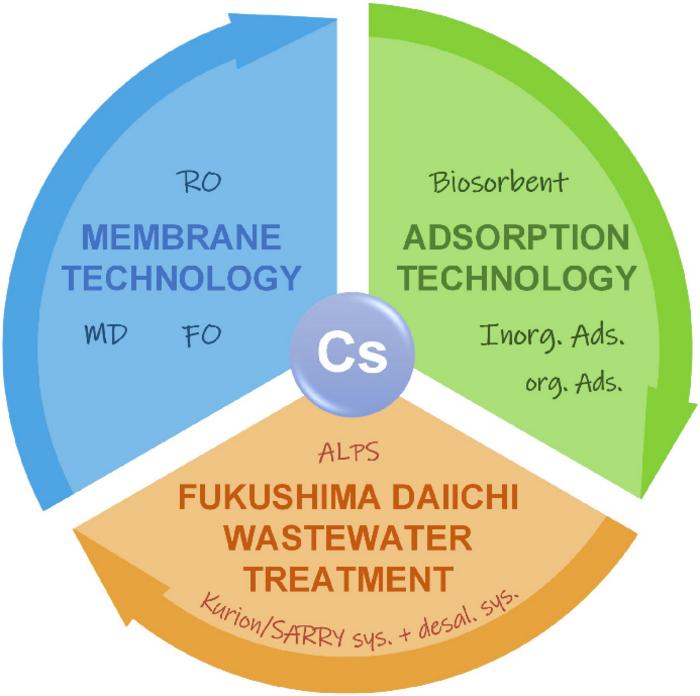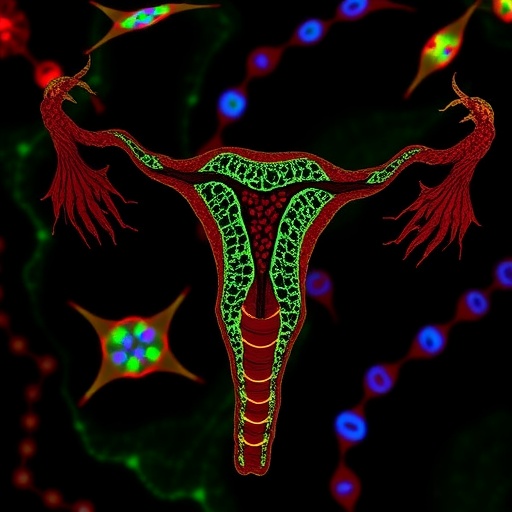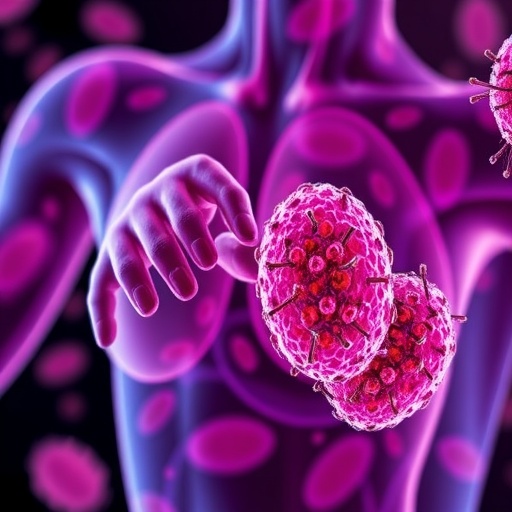The Fukushima Daiichi nuclear disaster, triggered by the earthquake and tsunami on March 11, 2011, resulted in a severe release of radioactive materials, including cesium, from the damaged nuclear reactors. The loss of cooling capabilities led to partial meltdowns in the reactor cores, releasing a substantial amount of cesium-137 (Cs-137) and cesium-134 (Cs-134) into the environment. The release of Cs-137, in particular, poses environmental and human health hazards due to its long half-life and high mobility in the environment. Environmentally, Cs-137 contributes to radioactive contamination and can lead to soil degradation and ecosystem disruption. In terms of human health, prolonged exposure to Cs-137 radiation increases the risk of cancer, particularly affecting the thyroid. Long-term effects may include chronic radiation damage, impacting immune and reproductive systems.

Credit: Higher Education Press Limited Company
The Fukushima Daiichi nuclear disaster, triggered by the earthquake and tsunami on March 11, 2011, resulted in a severe release of radioactive materials, including cesium, from the damaged nuclear reactors. The loss of cooling capabilities led to partial meltdowns in the reactor cores, releasing a substantial amount of cesium-137 (Cs-137) and cesium-134 (Cs-134) into the environment. The release of Cs-137, in particular, poses environmental and human health hazards due to its long half-life and high mobility in the environment. Environmentally, Cs-137 contributes to radioactive contamination and can lead to soil degradation and ecosystem disruption. In terms of human health, prolonged exposure to Cs-137 radiation increases the risk of cancer, particularly affecting the thyroid. Long-term effects may include chronic radiation damage, impacting immune and reproductive systems.
The removal of cesium from radioactive wastewater remains a challenging task due to several factors. The complex chemical nature of cesium makes its effective removal a technologically demanding process. Furthermore, the sheer volume of radioactive wastewater generated, especially in the aftermath of nuclear accidents like the Fukushima disaster, adds to the complexity. Large-scale treatment processes are needed to handle the substantial quantities of contaminated water, and the choice of an appropriate method must consider factors such as efficiency, cost, and environmental impact.
In a recent paper by Prof. Shuting Zhuang and Prof. Jianlong Wang, two common methods for cesium removal have been reviewed in detail: adsorption and membrane separation methods. Adsorption emerges as a highly effective method for treating radioactive wastewater with low radionuclide concentrations but spanning a significant volume. The primary focus is on advancing adsorbents that are both highly efficient and cost-effective for removing Cs+. Various materials, including inorganic (such as hexacyanoferrates, carbon-based materials, clay minerals, geopolymers, MOFs) and organic (resins, Cs+-imprinted polymers, macrocyclic ligands) substances, as well as biological materials (microbes, industrial and agricultural wastes, biopolymers), have been explored for Cs+ removal, with hexacyanoferrate recognized for its exceptional adsorption capacity and selectivity.
Membrane separation, particularly reverse osmosis (RO), stands out as an effective technique for cesium ion separation. RO membranes with smaller pores can efficiently retain cesium ions, offering advantages like commercialization, high efficiency, and water fluxes. Despite these advantages, membrane methods generate concentrated retention liquid that needs treatment due to higher concentrations of radioactive nuclides. Additionally, prolonged operation poses challenges to the radiation stability of membrane materials.
Ongoing research and technological advancements are essential to develop sustainable and cost-effective methods for treating contaminated water and mitigating the environmental impact of cesium discharge. Given the significance and complexity of removing cesium ions, Prof. Zhuang and Prof. Wang’s article has provided us with an overview of recent progress in this field. Interested readers are welcome to read the full article in the journal of Frontiers of Environmental Science and Engineering (Volume 18, Issue 3).
Their work is published in the journal Frontiers of Environmental Science & Engineering on December 11, 2023.
Journal
Frontiers of Environmental Science & Engineering
DOI
10.1007/s11783-024-1798-1
Method of Research
Experimental study
Subject of Research
Not applicable
Article Title
Cesium removal from radioactive wastewater by adsorption and membrane technology
Article Publication Date
11-Dec-2023




